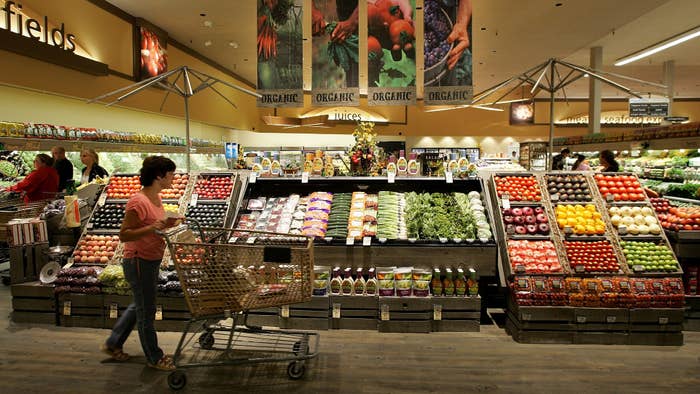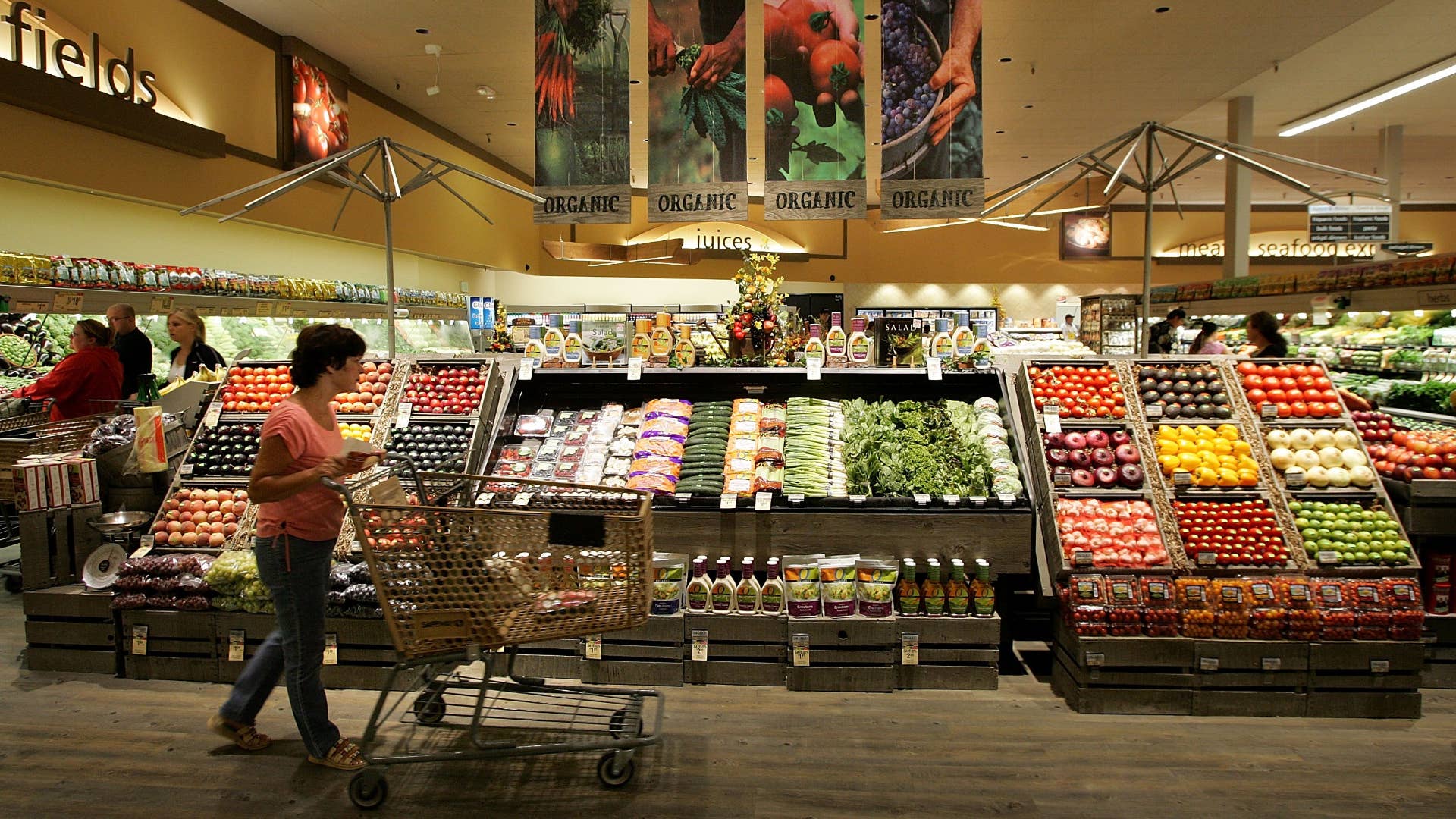
As more and more Americans struggle to make ends meet in wake of the COVID-19 pandemic, a growing number of people have turned to shoplifting to address their need for bare necessities, like food and baby items, the Washington Postreports.
"We're seeing an increase in low-impact crimes," Jeff Zisner, chief executive of workplace security firm Aegis, said. "It's not a whole lot of people going in, grabbing TVs and running out the front door. It's a very different kind of crime — it’s people stealing consumables and items associated with children and babies."
Experts believe the spike in shoplifting started around the beginning of the pandemic. Shoplifting tends to coincide with economic downturn, as was the case during the 2008 recession where it rose 34 percent. The pandemic, however, appears to be producing figures that could be even higher.
A Business.org study reveals that 40 percent of small businesses owners say shoplifting has increased since the start of the pandemic. That number has risen to 64 percent during the holiday shopping season.
With more than 20 million Americans on some form of unemployment assistance, and the previous economic relief package a distant memory, many people simply don't have enough money to put food on the table. Those that have turned to getting help through SNAP or WIC have been forced to deal with reduced coverage, while other food aid problems have been worn thin.
The U.S. Department of Agriculture reports an estimated 54 million people in the United States will struggle with hunger this year, a 45 percent increase from 2019.

